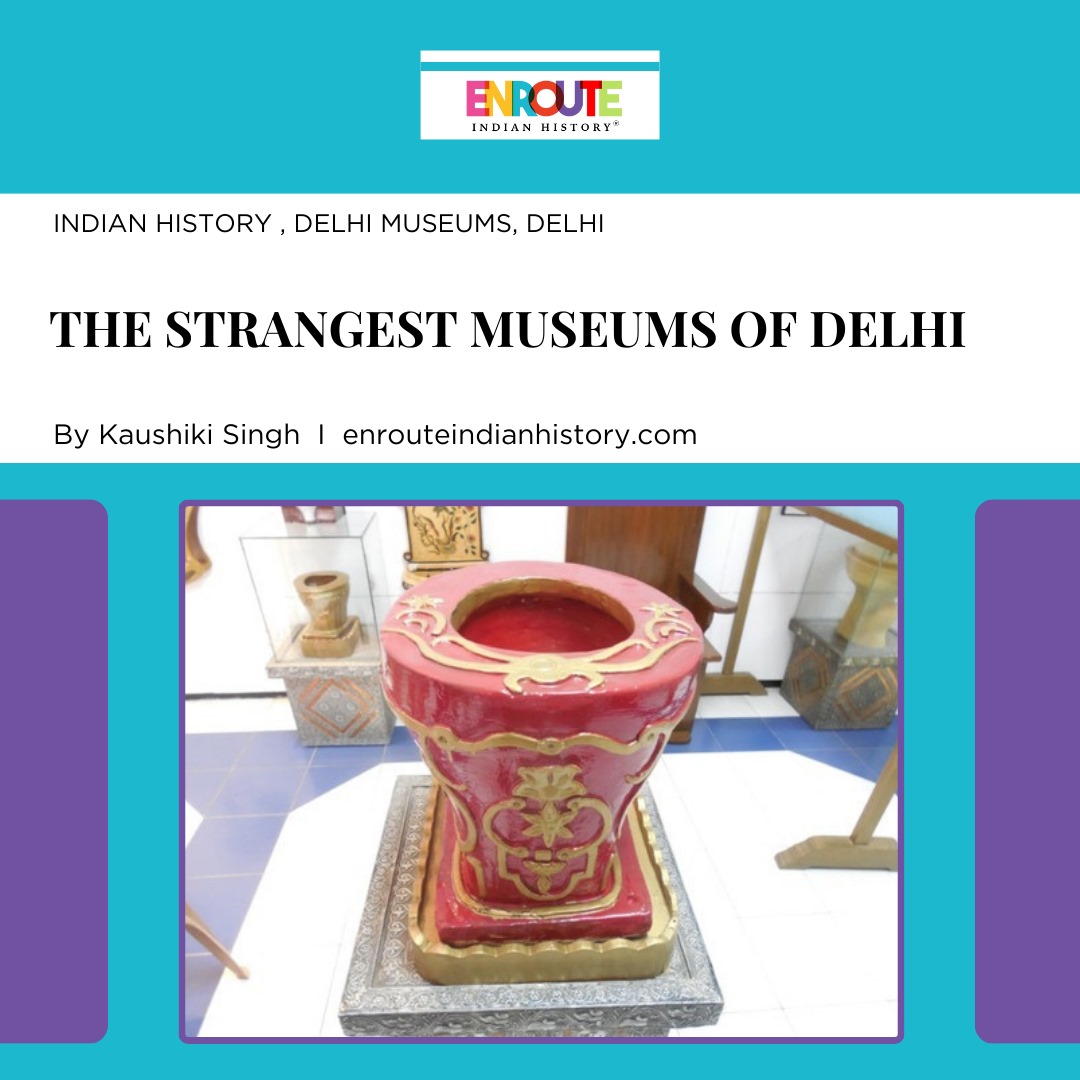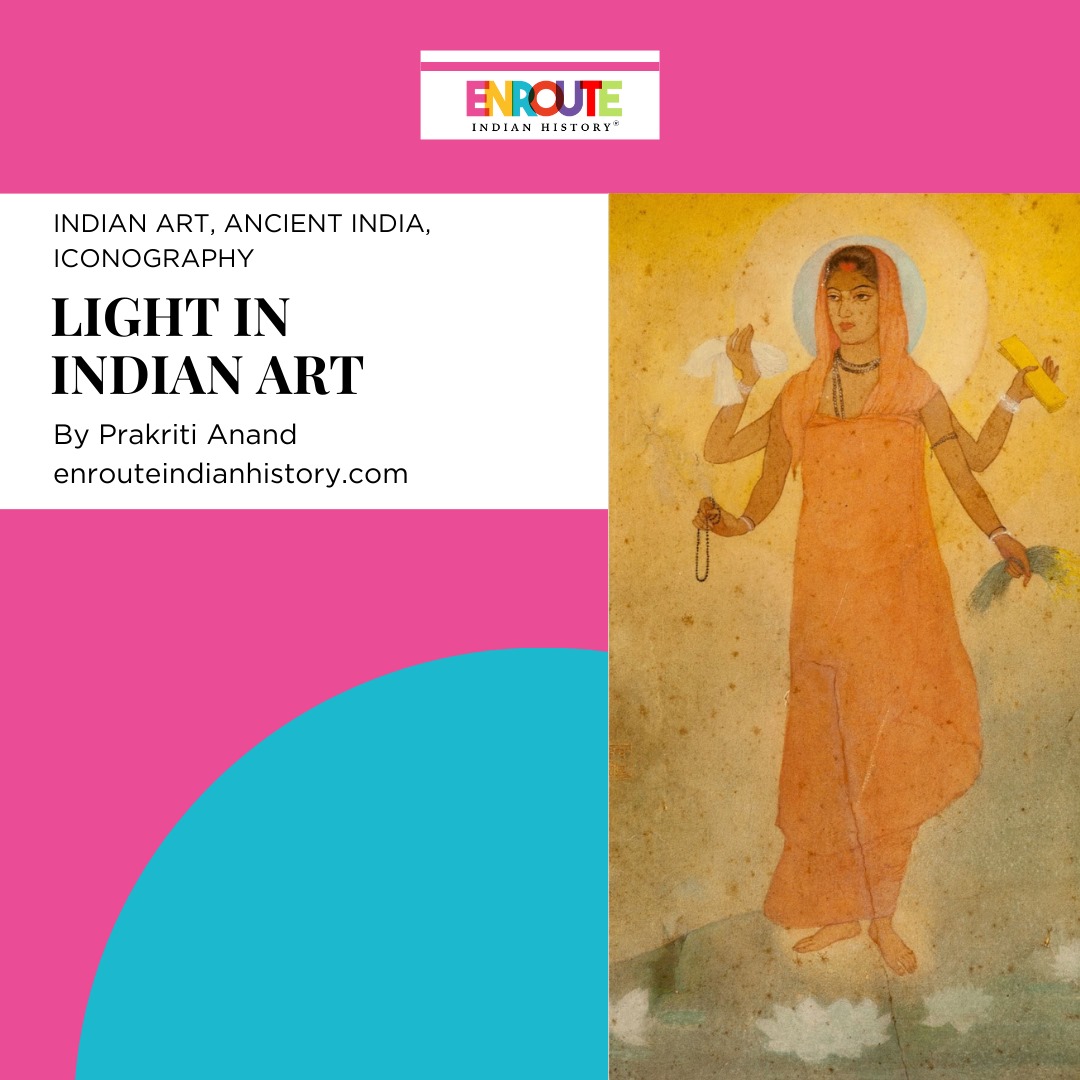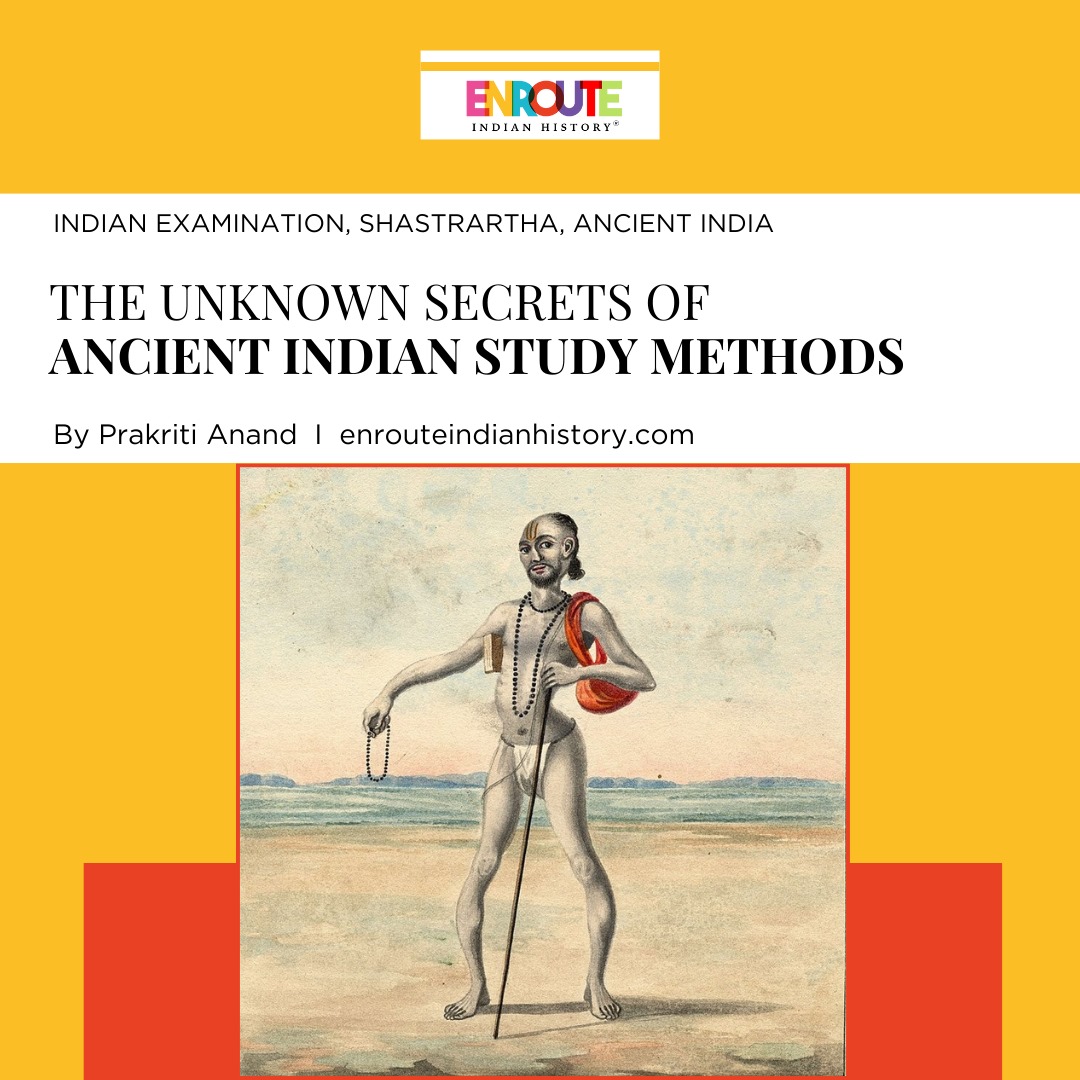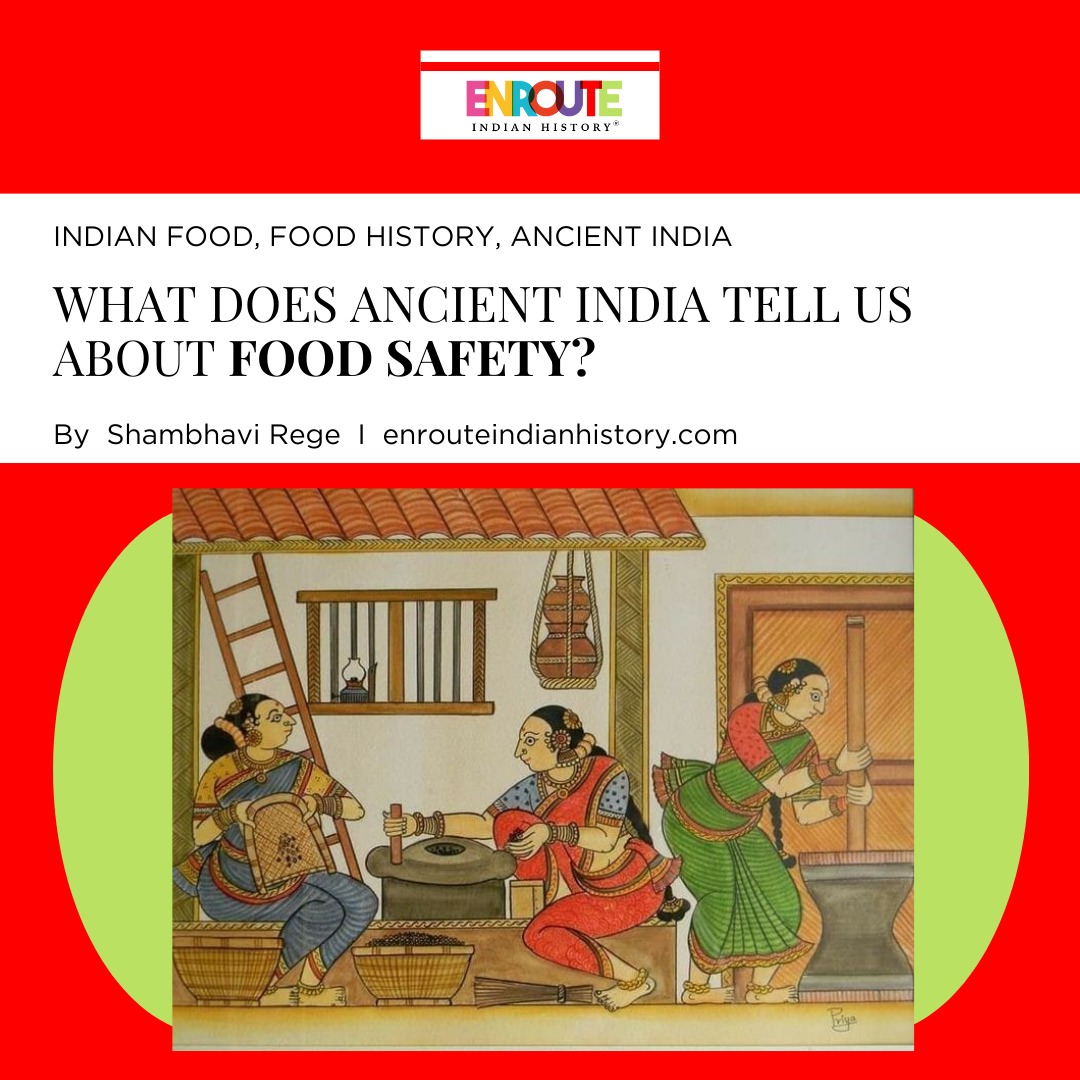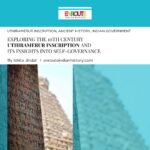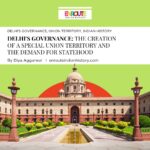RIVERS IN THE SANGAM AGE: A Glimpse into the Sangam Anthologies
- enrouteI
- July 27, 2023

THE SANGAM LITERATURE
Ancient South India, mainly the Tamilakam region (comprising Tamil Nadu and Kerala), is reconstructed by the Sangam literature. It is a collection of poems in old Tamil containing Ettutokai (The Eight Collections) and Pattupattu (The Ten Songs). These focus on themes like love (called akam) and war (puram). But these also dealt with other ‘public’ themes such as the community, the kingdom and the landscape.
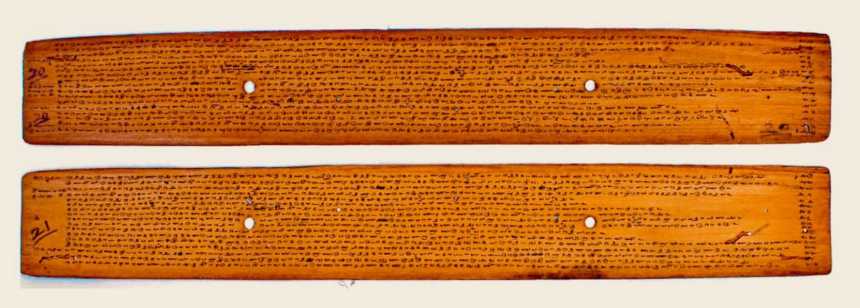
Image: A palm-leaf manuscript of the Sangam literature
The concept of tinai, or the (five) geographical zones, is highlighted in the Sangam poems. One of them is Marutam, the riverine zone which is associated with Vendan (Lord Indra). It indicates that the poets knew about the Vedic gods. There are also poems on wars between kingdoms that are fought along rivers, especially in Purananuru.
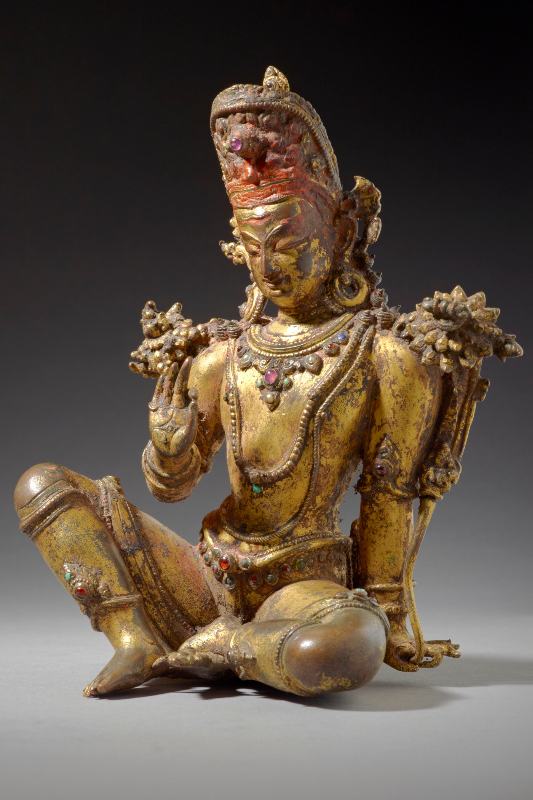
Image: Indra, the Vedic God of lightning and water.
PURANANURU – THE FOUR HUNDRED PURAM
This is one of the most important corpus of the Sangam age which has about 400 poems on the Chera, Chola and Pandya kings. It talks about some of the present-day rivers, indicating their existence in that period.
River Kaveri
Hailed as one of the most sacred rivers of India in the Puranas, it flows through the states of Karnataka, Tamil Nadu and Kerala. It is mentioned in the poems as kāviri, meaning ‘branching into forests’, according to Ira Ganesan. In one of the poems (No. 35) composed by poet Vellaikudi Nakanar, he mentions that the land of his patron Choza (Chola) king is fed by the Kaveri River which flows through many canals. In another poem, the poet celebrates his royal patron:
…..O Lord who tolerates the mistakes of others and has great strength, may you live longer than the sand dunes heaped by the River Kāviriwhich has sweet abundant waters!
- Purananuru 43, Thamarpal Kannanar
Another poem talks about the ruler of the Kāviri River who is born from the lineage of the Pandyan (Pandyas). Such instances depict that the river Kaveri flowed through the Chola and the Pandya kingdoms at that time and ruling the riverine areas was something that the poets boasted about their patrons. Some poems even suggest the river as a source of nourishment for the people and the trees and as a protector of the lands.
The Periyar and Vaiyai River
Some other rivers mentioned in Purananuru are the Vaigai and Periyar. The floodwaters of the Vaiyai (Vaigai) river appear in the poems where the hero becomes unfaithful by playing with a woman in this river and sleeping with her. In the case of the Periyar River, it is mentioned as a trading route:
…the victorious Pandiyan king seized the town of Muciri (Muziris) of Cheran (Cheras), where the foams of river Periyar become muddied with the coming of Yavana (Greek) ships with gold in return for pepper.
- Akananuru 149, Erukkattur Thayankannanar
THE YAMUNA AND GANGA RIVER IN SANGAM POEMS
Akananuru, the first of the eight anthologies of Ettutokai mentions rivers such as the Yamuna and Ganga by describing different legends of the Bharatavarsha. For example, one poem describes:
….He (Lord Krishna) broke the branches of a tree to create cool leaf garments for the daughters of cattle herders on the banks of the ever-flowing river Tolunai (Yamuna).
- Akananuru 59, Mathurai Maruthan Ilanakanar

Image: Krishna stealing the sarees of gopis on the banks of river Ganga (1775-1800), Garhwal, Uttarakhand, India.
This poem is believed to have started the legend of Krishna’s saree-theft incident, argues Friedhelm Hardy. This suggests that while the poets were aware of the rivers of other regions, they combined them with their ideas which became legends over time. While the poems describe the river as ever-flowing, it is currently overflowing!
In Purananuru 161, the patron king is compared to the river Ganga as the provider of everything to its subjects. In Pattinapalai and Perumpaanatruppadai (works under Pattupattu), the river is mentioned as falling from heaven, which is difficult to cross and enter into the sea. This shows that the poets knew other regions. They even mentioned the Nanthars (Nandas) and their hidden wealth in the Ganges:
…Can wealth be compared to the riches of Pataliputra of the victorious Nanthars which were hidden in the Ganges?
- Akananuru 265, Mamoolanar
THE OLDEST SOUTH INDIAN CIVILISATION?
Another important river that is mentioned in the Sangam poems is the Porunai River, also known as Thamirabarani or Tamrapani River. One of the poems describes:
…the sand on the shores of the cool Anporunai River with tall banks and clear water…
- Akananuru 93, Mathurai Kanakkayanar Makanar Nakkeernar
This river has also become pre-historically significant as recent excavations have helped discover rice grains and husks in an urn which have been carbon-dated to 1155 BCE, 600 years older than the earlier discoveries. Several pots, graffiti sherds and microlithic tools have been excavated, making it the oldest civilisation in South India and at par with the Indus Valley Civilisation.
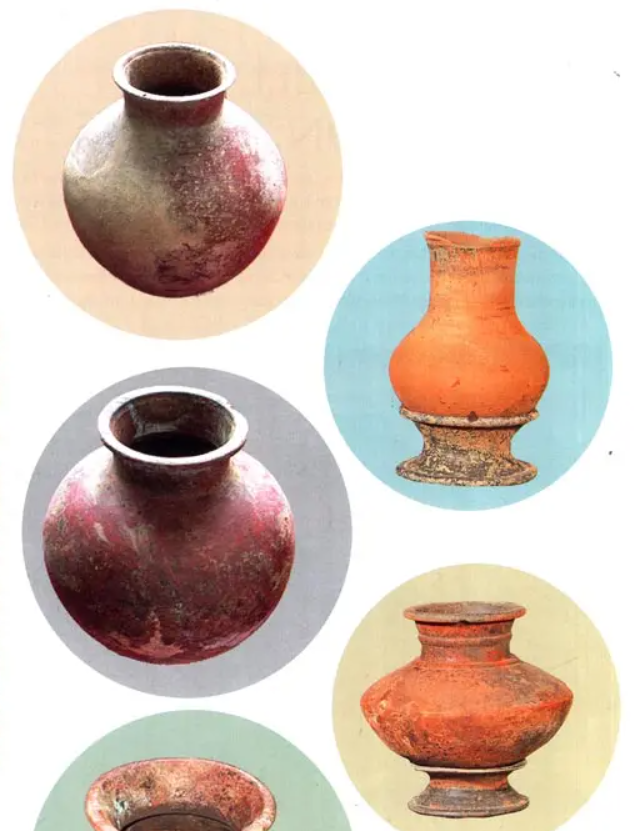
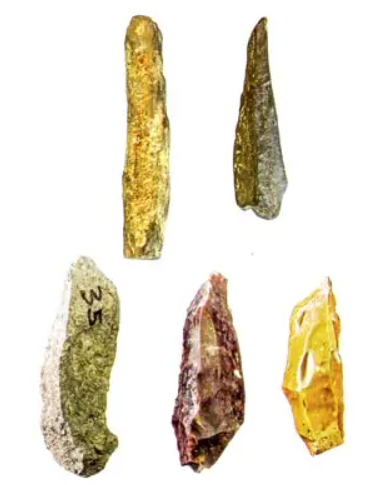 Image: Some pots and microliths of the Porunai River civilisation.
Image: Some pots and microliths of the Porunai River civilisation.
The Sangam literature provides inferences about the existence of kingdoms along rivers which flow even today. Sometimes, it even mentions a river called Kumari, which may have been a part of the submerged mythical Kumari Kandam or Nadu, a huge landmass in the Indian Ocean in 30,000 BCE and considered to be the first civil society, according to the 15th-century text Kamtapuranam. These rivers are sometimes physically described, personified or even used to describe legends, especially the Mahabharata and the Ramayana. George Hart even called the Tamil language, ‘running like a river’, with its long words, rapid speech and syllables!
IMAGE REFERENCES
Image_2: https://www.sadhana108.com/wp-content/uploads/2017/08/x6nvqx0ojwwsdh7iybgu.jpg
Image_3: https://art.thewalters.org/images/art/large/l_ps1_w863_fnt_dd_t10-2.jpg.
Image_4: https://www.exoticindiaart.com/book/details/porunai-river-civilization-uat574/.
REFERENCES
Bane, Theresa. Encyclopedia of Imaginary and Mythical Places. North Carolina: McFarland & Company, 2014.
Darsana, S.B. “SANGAM LITERARY TRADITION”. Indira Gandhi National Open University, BHI-144, Theme-III, Unit-7 (2022), pp. 111-129.
Government of Tamil Nadu. PORUNAI: RIVER CIVILISATION. Department of Archaeology, 2022, https://www.exoticindiaart.com/book/details/porunai-river-civilization-uat574/. Accessed 21 July 2023.
Hard, George L., Heifetz, Hank. THE FOUR HUNDRED SONGS OF WAR AND WISDOM: An Anthology of Poems from Classical Tamil: The Puranannuru. New York: Columbia University Press, 1893.
Hiltebeitel, Alf. The Cult of Draupadi: Mythologies: From Gingee to Kurukshetra, Volume 1. Chicago: University of Chicago Press, 1988.
Rajeswari, C. PURANAANUURU: Selected Short Poems. Madurai: Chandrothayam Publications, 2022.
Singh, Upinder. A HISTORY OF ANCIENT AND EARLY MEDIEVAL INDIA: FROM THE STONE AGE TO THE 12TH CENTURY. Delhi: Pearson, 2019.
Stalin, J.S. Daniel. “Tamil Nadu Excavation Carbon Dating Finds A 3,200-Year-Old Civilisation”. NDTV, 9 September 2021, https://www.ndtv.com/tamil-nadu-news/thamiraparani-tamil-nadu-excavation-carbon-dating-finds-a-3-200-year-old-civilisation-2535451.Accessed 21 July 2023.
Vaidehi. “Sangam Poems Translation”. Sangam Poems Translated by Vaidehi, 5 May 2012, https://sangamtranslationsbyvaidehi.com/. Accessed 21 July 2023.
Warrier, Shrikala. Kamandalu: The Seven Sacred Rivers of Hinduism. Mumbai: MAYUR University, 2014.
- March 20, 2024
- 15 Min Read



